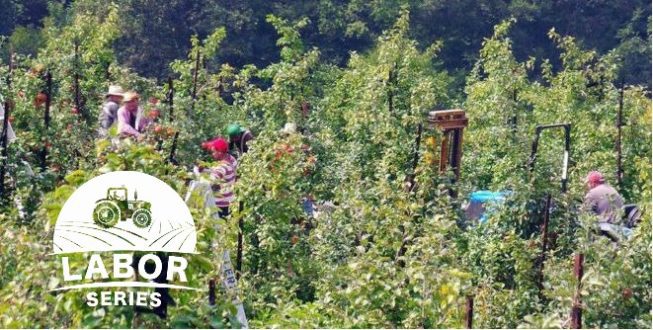

Mar 15, 2017Labor-retention strategies to help with labor costs
Philip Martin, a professor emeritus of agricultural and resource economics with the University of California, Davis, gives farm employers four broad strategies to deal with increasing labor costs: satisfy, stretch, substitute and supplement.
Satisfy workers to retain them longer. Offer benefits and bonuses, such as low-cost health care or a 10 percent earnings boost for staying until the end of the season. Improve the training of first-level supervisors to reduce favoritism and harassment, according to Martin.
Stretch the current work force with mechanical aids that increase productivity. Smaller trees, for example, mean fewer ladders and faster picking, and hydraulic platforms reduce the need to fill heavy bags of fruit from ladders. Slow-moving conveyor belts that travel ahead of workers reduce the need to carry harvested produce, making workers more productive and harvesting jobs more appealing to older workers and women. Dwarf trees, broccoli that requires less bending to cut and tabletop production of strawberries also can stretch a smaller farm work force by increasing productivity. However, the time between development of new plants and labor-saving machines and their widespread diffusion is often measured in decades, according to Martin.
Substitute, or replace, workers with machines. The production of corn, soybeans, wheat, cotton and rice has been mechanized, and there have been enormous labor-saving changes made in livestock production as well. Most nuts are harvested mechanically, with machines shaking them from trees and sweeping them into rows for pick up. Fresh fruits and vegetables have defied mechanization for several reasons, however. Many are fragile, and human hands are far gentler than mechanical fingers to harvest grapes or peaches. And farmers must pay for a $200,000 harvesting machine whether there are apples to pick or not, whereas they don’t have to pay wages to workers if storms or disease destroy the apple crop, according to Martin.
Supplement current workers with H-2A guest workers. This loyal labor force has proven very attractive to farmers, especially as the workers return year after year, according to Martin.
— Matt Milkovich, managing editor














